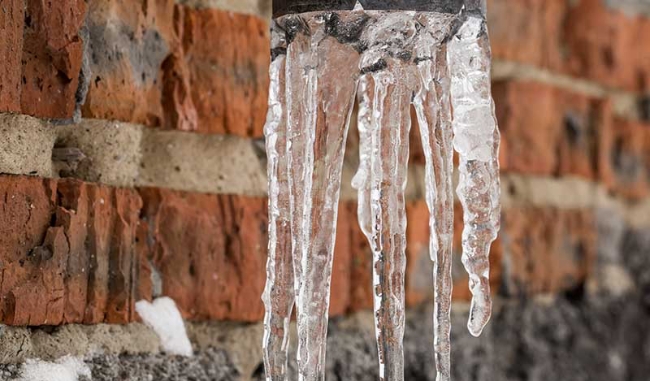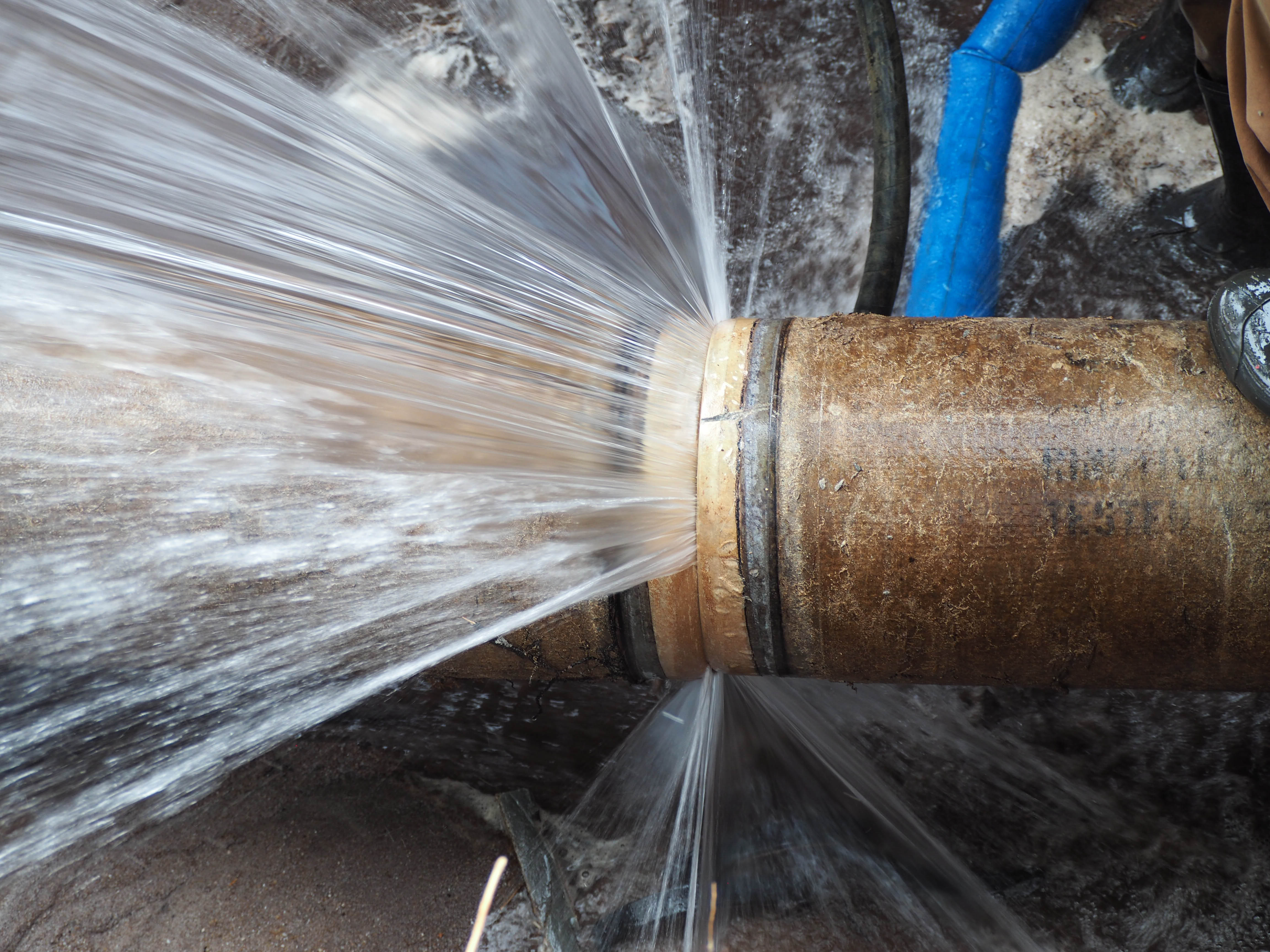Crucial Advice for Avoiding Frozen Pipes in Winter Seasons
Crucial Advice for Avoiding Frozen Pipes in Winter Seasons
Blog Article
We've stumbled on this article about Prevent Frozen Pipes listed below on the web and think it made sense to talk about it with you over here.

Winter can damage your pipes, especially by freezing pipes. Below's how to stop it from happening and what to do if it does.
Introduction
As temperature levels decrease, the risk of icy pipelines rises, possibly causing expensive repair services and water damages. Comprehending how to prevent frozen pipes is important for home owners in cool climates.
Avoidance Tips
Insulating susceptible pipes
Cover pipelines in insulation sleeves or make use of warm tape to protect them from freezing temperatures. Concentrate on pipes in unheated or exterior locations of the home.
Heating methods
Maintain indoor areas sufficiently heated, particularly locations with plumbing. Open up cabinet doors to allow cozy air to circulate around pipes under sinks.
Exactly how to determine icy pipes
Try to find decreased water circulation from taps, uncommon odors or noises from pipelines, and visible frost on revealed pipes.
Long-Term Solutions
Architectural modifications
Think about rerouting pipelines far from outside walls or unheated locations. Include additional insulation to attic rooms, cellars, and crawl spaces.
Updating insulation
Invest in premium insulation for pipelines, attic rooms, and wall surfaces. Correct insulation aids preserve regular temperature levels and reduces the risk of frozen pipes.
Safeguarding Outdoor Pipes
Garden tubes and outside faucets
Detach and drain garden pipes before winter months. Install frost-proof spigots or cover exterior faucets with protected caps.
Comprehending Icy Pipelines
What causes pipelines to freeze?
Pipelines ice up when subjected to temperatures below 32 ° F (0 ° C) for expanded durations. As water inside the pipes freezes, it broadens, taxing the pipeline walls and potentially triggering them to break.
Risks and problems
Frozen pipelines can result in water disturbances, home damage, and pricey repairs. Ruptured pipes can flood homes and cause considerable architectural damages.
Signs of Frozen Water Lines
Recognizing frozen pipes early can avoid them from rupturing.
What to Do If Your Pipelines Freeze
Immediate activities to take
If you believe frozen pipes, maintain faucets open to soothe pressure as the ice melts. Use a hairdryer or towels soaked in hot water to thaw pipes slowly.
Conclusion
Stopping frozen pipes needs aggressive actions and fast actions. By comprehending the reasons, indications, and preventive measures, home owners can safeguard their pipes during cold weather.
6 Proven Ways to Prevent Frozen Pipes and Protect Your Home
Disconnect and Drain Garden Hoses
Before winter arrives, start by disconnecting your garden hoses and draining any remaining water. Close the shut-off valves that supply outdoor hose bibs and leave the outdoor faucet open to allow any residual water to drain. For extra protection, consider using faucet covers throughout the colder months. It’s also important to drain water from any sprinkler supply lines following the manufacturer’s directions.
Insulate Exposed Pipes
Insulating your pipes is an effective way to prevent freezing. Pipe insulation is readily available at home improvement stores and is relatively inexpensive. Pay close attention to pipes in unheated areas such as the attic, basement, crawl spaces, or garage. Apply foam insulation generously to create a buffer against the cold. You can also wrap your pipes in heat tape or thermostat-controlled heat cables for added warmth.
Seal Air Leaks
Inspect your home for any cracks or openings that could let in cold air. Seal any holes around the piping in interior or exterior walls, as well as the sill plates where your home rests on its foundation. Additionally, make sure to keep your garage door closed unless you’re entering or exiting. Leaving it open creates a significant air leak that can lead to frozen pipes.
Allow Warm Air Circulation
During cold snaps, it’s essential to allow warm air to circulate evenly throughout your home. Leave interior doors ajar to promote better airflow. Open kitchen and bathroom cabinets to help distribute heat consistently around the rooms. If you have small children or pets, be sure to remove any household chemicals or potentially harmful cleaners from open cabinets for safety.
Let Faucets Drip
A small trickle of water can make a big difference in preventing ice formation inside your pipes. When temperatures drop significantly, start a drip of water from all faucets served by exposed pipes. This continuous flow helps prevent the water from freezing. Additionally, running a few faucets slightly can relieve pressure inside the pipes, reducing the chances of a rupture if the water inside does freeze.
https://choateshvac.com/6-proven-ways-to-prevent-frozen-pipes-and-protect-your-home/

As a person who reads about Prevent Frozen Pipes , I was thinking sharing that portion was smart. Enjoyed reading our blog posting? Please quickly share it. Let another person locate it. Thanks so much for taking the time to read it.
Schedule Here Report this page